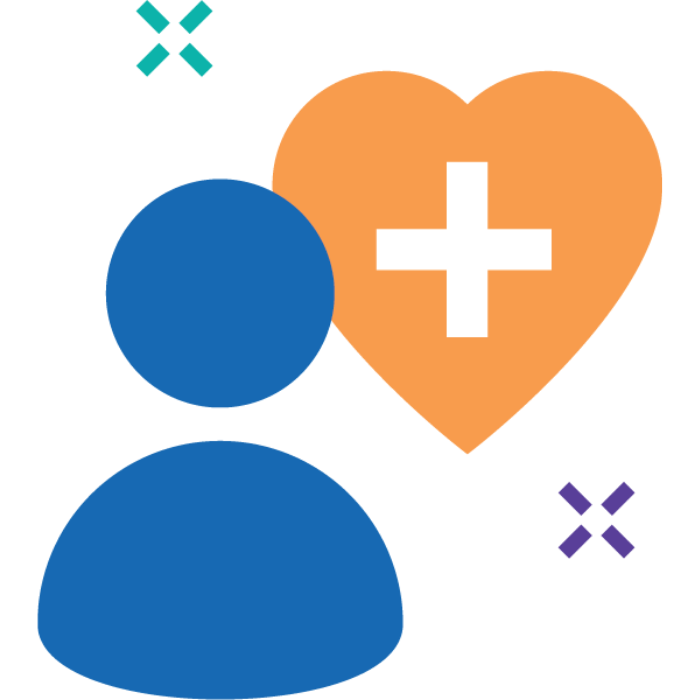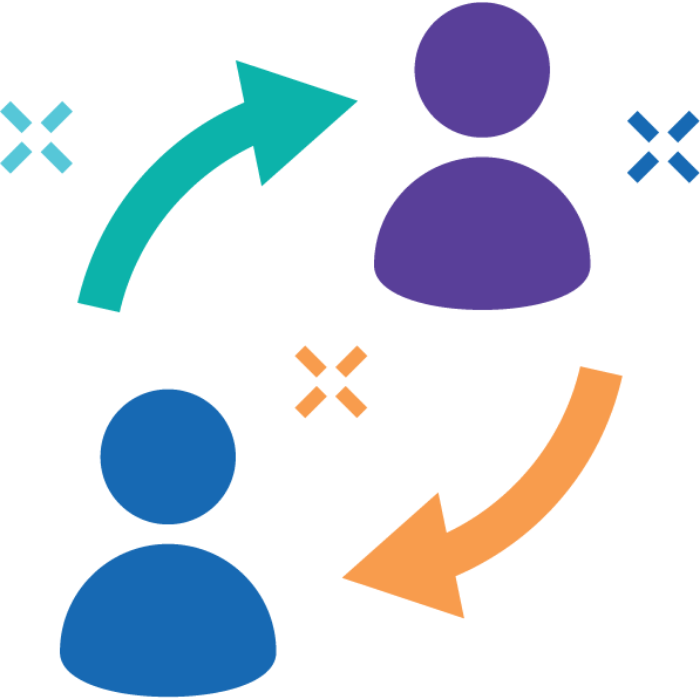Models of care toolkit
How to use this toolkit
The Models of care toolkit is a practical resource for health system leaders and policy and program developers. It provides detailed information on innovative, evidence-informed models of care, with examples of care models used in Canada and internationally. To access details on models of care, view the five different topic areas: First Nations, Inuit and Métis, coordination with primary care, optimizing scope of practice, cancer care networks and virtual care and patient navigation.
Supporting the efficient delivery of cancer services
This toolkit is a resource to assist health system leaders, and policy and program developers in implementing innovative models of care that will support the efficient delivery of cancer services and help address inequities in cancer care. Developed in response to challenges identified by cancer programs, it includes examples from cancer systems within Canada and around the world that can be scaled and spread to local, regional, provincial and territorial cancer programs. The models can help optimize health human resources and improve access and outcomes for underserved populations including First Nations, Inuit, and Métis, people with low income, those who are part of a racialized community or those living in rural and remote communities.
The toolkit is intended to support the uptake of efficient and equity-focused models of care in following areas:
- Improve the coordination between the cancer system and primary care at key points in a person’s cancer journey to better support patients
- Optimize the scope of practice of cancer team members to enhance access to excellent cancer care closer to home and improve staff resiliency and satisfaction
- Leverage cancer networks and network models to support collaborative, person-centred care, especially in rural and remote communities
Innovations in virtual and digital health and navigation can also enhance the benefit of innovative models of care within these three areas and have been highlighted throughout the toolkit.
The priorities addressed in the toolkit were informed by input from cancer system leadership, clinicians, nurses and allied health professionals, First Nations, Inuit and Métis leaders and patients. A Working Group representing these perspectives was also convened to provide strategic guidance and expertise to the development of this toolkit.
Progress related to priorities
The Partnership launched a progress reporting tool that shows how the cancer system is progressing against priorities and actions set out in the refreshed Canadian Strategy for Cancer Control. Learn how innovative models of care across Canada are improving cancer care services and increasing health equity.
Collaborative partnership
Since the toolkit launch in 2021, the Partnership continues to work with partners to update and expand it. This ensures proposed solutions reflect current best practice and emerging innovations and addresses the practical needs of provincial/territorial cancer programs and their patients.
Webinar: Models of care to support cancer system resiliency
In this 30 minute video, learn how you can use this toolkit to support your learning journey as you explore the curated equity-focused models of care.
Watch the webinarImplementation with a view towards pandemic recovery

In 2020, the COVID-19 pandemic magnified the importance of equity in health care and placed intense pressure on Canada’s health workforce.
The models of care in this toolkit, together with funding to support model of care implementation and evaluation, is helping support equitable access to care across Canada, ease pressures on health care workers and support jurisdictions in the shift from pandemic response to recovery.
Learn how the pandemic has impacted cancer patients in Canada and how the system is responding.
Critical success factors
Planning and implementing new models of care require careful administrative, operational and cultural consideration. Organizations should consider the following in the planning phase:

1. Health and human resources
Assess current and projected staffing levels, scope of practice legislation, training opportunities and population needs to understand opportunities and limitations of proposed models of care.

2. Remuneration
Consider how remuneration policies may impose challenges or incentivize participation when introducing connected care models or multidisciplinary clinics.

3. Change management
Implement a concurrent change management strategy that considers workplace culture, team dynamics and workforce resiliency to facilitate real change
What do you want to see next?
To ensure this toolkit continues to provide value to those who use it, we’d love to hear from you. Are there new models available? Should we focus on another priority area?
email to Let us know. Email us.